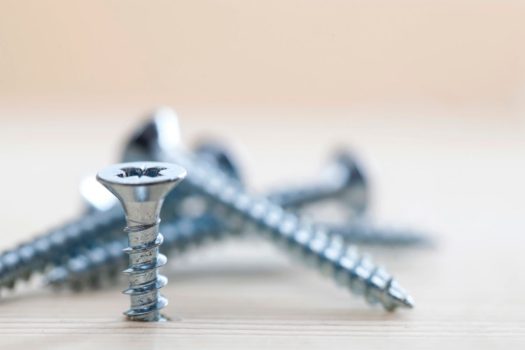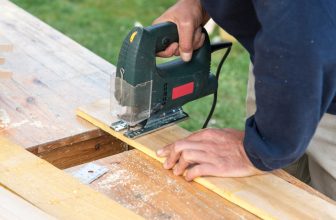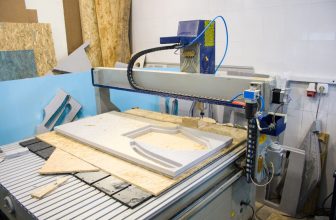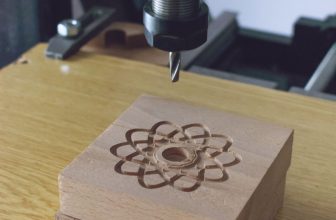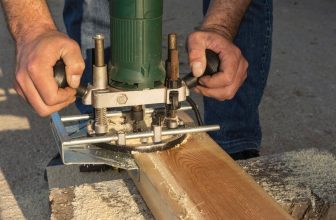Contents
We have all been there when trying to remove a screw from our special projects and the head strips before your eyes!
Not only does this cause a significant delay in the project timeframe, but it also can prove highly frustrating and inconvenient to remove.
This can be caused by numerous factors, some of which cannot be avoided due to the age and durability of the screw, or sometimes it is just the fact that the wrong screw head or screwdriver has been used to remove the screw, which in result, tends to make matters worse!
Here, I will guide you through some fast, simple, easy, but efficient ways to remove most screws that have been rounded off or stripped so you can save time and stress!
Luckily, I’ve got 10 different methods for you to try, so how do you get a stripped screw out of wood? Let’s dive in.
Rubber Band Method
This first step is always the best to start with as it requires next to no tools or messing around and is by far one of the easiest and fastest methods of removing most screws from wood and other surfaces.
Find a rubber band that is the same or slightly more expensive in width than the screw you intend to remove.
Please put the rubber band over the head of the stripped screw.
Insert your screwdriver or tool on top of the rubber band, applying pressure down onto the stripped screw.
If possible, the rubber band will create a point of leverage on the screw head and potentially help unscrew the stripped screw.
Upsizing Your Driver
This second method is also straightforward and practical for most stripped screws.
It is straightforward and consists of finding a driver head slightly larger than the screw head that will be removed.
Apply plenty downward pressure directly and straight onto the screw head and turn anti-clockwise if leverage is found.
Screw Extractor
This is for those who are not doing a one-time project and regularly find themselves with the task of removing a stripped screw.
These are usually sold as drill driver bits and can be found for all drills, consisting of 2 stages to remove the screw.
The first stage is to select the correct drill bit from the extraction kit. Once complete, drill a hole in the center of the stripped screw you intend to remove.
The second stage is to attach the extractor tool to the drill and then insert this into the freshly drilled hole in the stripped screw.
When done correctly, the threads of the extraction tool bind with the stripped screw, then unscrewed.
Metal Drill Bit
This stage is also handy when there are limited resources and tools and can also be very effective in removing most stripped screws.
Take a metal drill bit thinner than the stripped screw and drill a tiny pit/hole; when complete, insert the driver and begin to unscrew; you should find some leverage from the freshly prepared pit/hole.
Pliers
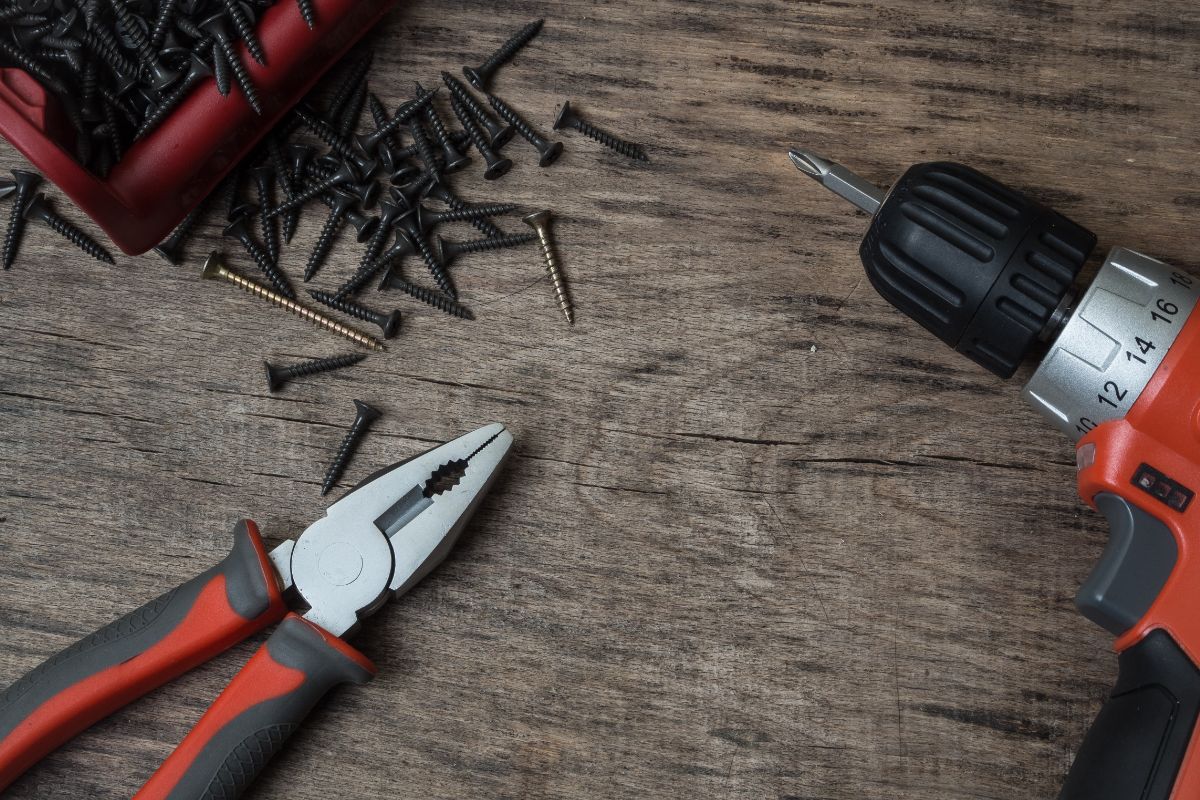
This stage can only be done when there’s daylight or a slight gap between the surface and screw head, asses for any possible gaps; if found, simple attempt to clutch the stripped screw with the players and turn anti-clockwise, gripping the players firmly; if successfully done, the screw will start unscrew.
Flat Head
This stage will require some strength depending on the length of the stripped screw and the surface it’s screwed into.
This is done by simply fitting the appropriate sized flat head screwdriver or drill, but downwards pressure is applied as heavily as possible in the hope to catch leverage on the stripped screw.
If possible and safe, you can tap the flat-headed screwdriver into the stripped screw, making a new flat-headed recess for the screw to be removed.
Hot Glue Gun
This stage is very effective and stress-free if you get your hands on a hot glue gun.
Apply a nice amount of hot glue to the stripped screwdriver and insert the correct bit as usual but make sure the screwdriver will remain in situ so the glue can dry adequately, adhering to the screw.
Once dry, unscrew. Ensure enough dry time for the hot glue to set correctly.
Liquid Abrasive
There are many products to remove screws. Liquid abrasive is one of the best options. Always read the guidelines for the product you purchase.
These generally work by creating friction with tiny crystals that dry in the stripped screw head, allowing the driver to remove the screw successfully.
Always apply slight downward pressure.
Steel Wool
Similar to the rubber band method, steel wool is also another perfect material for attempting to remove most screws; cut a small piece of steel wool, flatten it accordingly and place it on top of the stripped screw, and apply enough downward pressure, if there’s enough leverage.
It’s done; the screw correctly will catch grip and friction from the steel wool, resulting in unscrewing.
Sponge
Just like the rubber band and steel wool method, Find and cut an appropriate piece of sponge and rest on the top of the stripped screw.
Apply plenty down on pressure, and if done correctly, it will start to unscrew.
Conclusion
And there we have it!
It’s always worth trying the cheaper home methods first rather than going straight to buy a screw extractor as most of these techniques can successfully remove most screws that are threadbare, and whatever the simple methods can’t solve, rest assured that the other methods will.
To prevent further stripping of screws, always choose the correct sized drill driver or attachment to fit the screw in question, as the most common mistake made by many is using the first driver they find, which could be potentially too small to gain leverage against the screw and in result strips the screwheads gripping point and leaving no leverage points for it to be removed.

